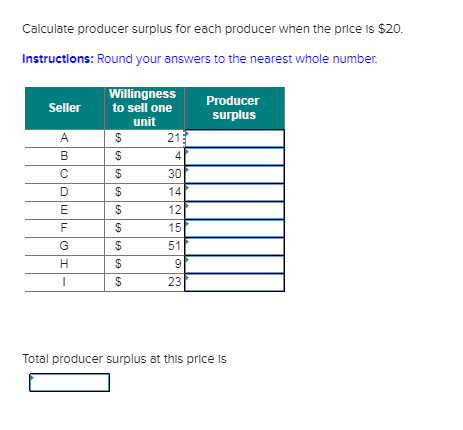

This method is often used in scientific research as it is good at preventing cumulative rounding errors. For example, both 3.5 and 4.5 are rounded to 4. half even - Rounds the number towards the nearest neighbor as well, but if equidistant, it rounds towards the even number.Using half down, 4.5 becomes 4 and -4.5 becomes -4. To round to the nearest tenths (one decimal place), we use the hundredths place to determine whether the tenths rounds up or stays the same. Multiply the decimal 0.884 by 8, and round the result to the nearest whole.

1 kelvin is equal to 1 celsius, or 1.8 fahrenheit. Find the volume of the soda can if the radius is 1.25 inches and the height is 5 inches. The SI base unit for temperature is the kelvin. You can view more details on each measurement unit: celsius or fahrenheit. The calculator defaults to rounding to the nearest integer, but settings can be changed to use other rounding modes and levels of precision.
Round to the nearest unit calculator how to#
4.3 and 4.6 become 5, but -4.3 and -4.6 become -5. How to use the Excel ROUND function to Round a number to a given number of.

However, depending on the situation, you might want to tailor and adjust how the rounding works: Our rounding off calculator is simple and easy to use.

The calculation we explained so far uses the half-up rounding mode by default, as it is the most common rounding mode used. Since halfway between #0# and #1# is #0.5#, and our decimal part is #0.687>0.5#, we can say that #4.687# is rounded to #5#.Now that we have taken a look at a few round to the nearest thousand examples, let's talk about rounding modes- a feature that is available in the advanced mode of this round to the nearest thousand calculator. If it is nearest to #0#, it means that our number is more than #4#, but still nearer to #4# than it is to #5#, otherwise it is "far enough" from #4# to be nearer to #5#. So, the question is: is our number closer to #4# or to #5#? Which, in turn, means to ask: the decimal part that we've added, #0.687#, is nearest to #0# or #1#? It might help you to think of this number as #4+0.687# to clearly see that 4.687 lies between #4# and #5#, since it is something ( #0.687#) more than #4#, but still not #5#.
Round to the nearest unit calculator full#
Now, let's assume that our number actually has a decimal part, for example #4.687#. Rounding to the nearest cent: Look at the number to the right of the full cents, if the number is five or more. Rounding to the nearest unit means to find the nearest integer to a given number.īasically, you have to get rid of the decimal part, if any.Īs an immediate corollary, you have that if a number #x# is already an integer, then there's no point in rounding it, since the result would be #x# itself.


 0 kommentar(er)
0 kommentar(er)
